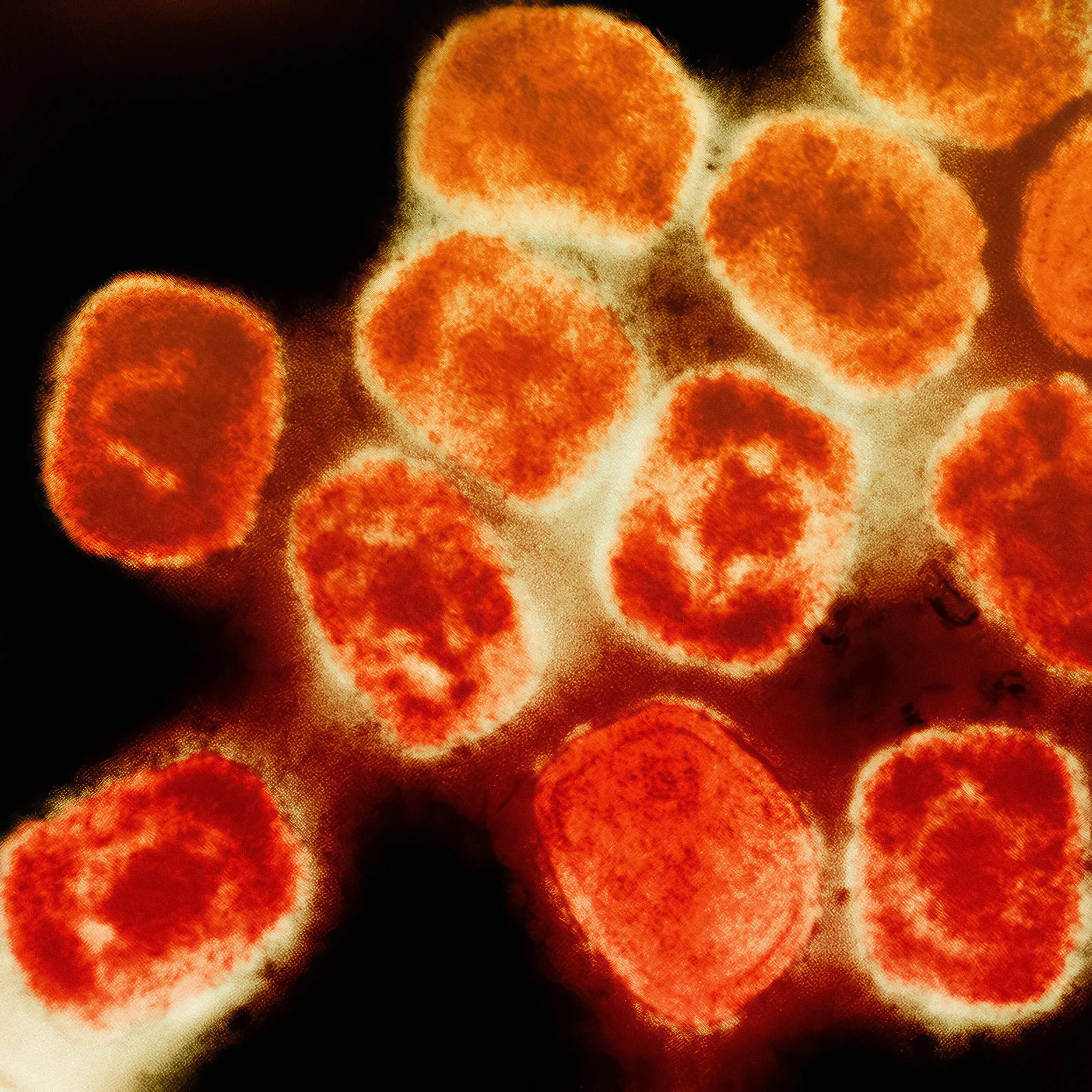This Hidden DNA Repair Trick Could Help Stop Cancer And Slow Aging

Our cells are constantly under attack, by sunlight, pollution, and even household furniture. Now, researchers from Nanyang Technological University (NTU) in Singapore have revealed how cells fight back against one of the most toxic forms of DNA damage, unlocking crucial clues to how we age and how cancer develops.
The culprit is DNA-protein crosslinks, a rare but devastating kind of damage where proteins get chemically “glued” to DNA strands. These molecular traffic jams block vital processes like DNA replication and repair, triggering mutations that can lead to cancer, neurodegeneration, and accelerated aging.
These crosslinks are caused by everyday threats like ultraviolet light, chemotherapy drugs, and formaldehyde, a chemical commonly found in adhesives and pressed-wood furniture. Despite their danger, scientists have long puzzled over how our cells remove them.
Now, the NTU team, led by Professor Zhou Zhongjun, has discovered a specialised repair mechanism that targets these DNA-protein crosslinks with surgical precision. The research, published in Nature Communications, reveals that a protein complex known as SPRTN works in tandem with a helper enzyme called DNA-PKcs to detect and dismantle these crosslinks.
“It’s like a molecular scalpel,” explains Professor Zhou. “The SPRTN enzyme slices away the protein stuck to the DNA without damaging the DNA itself, allowing replication to continue safely.”
The process is time-sensitive. DNA replication must be paused just long enough for SPRTN to cut out the crosslinked protein, but not so long that the cell dies. That balancing act is key to preventing mutations and genomic instability.
This insight is particularly relevant for cancer therapy. Many chemotherapy drugs, such as cisplatin, deliberately create DNA-protein crosslinks to kill rapidly dividing tumor cells. But if cancer cells develop resistance by over-activating this repair pathway, they can survive treatment.
By understanding the SPRTN mechanism, scientists hope to design smarter therapies, either by enhancing repair in healthy cells to prevent side effects, or by blocking repair in cancer cells to make treatments more lethal to tumors.
The findings also offer a window into age-related diseases. Faulty DNA repair is a hallmark of aging, and mutations in SPRTN have been linked to progeroid syndromes, rare conditions that cause children to age prematurely.
“This isn’t just about cancer,” says Dr. Zhou. “It’s about how we maintain our DNA integrity across a lifetime. The more we understand these molecular repair tools, the better we can fight aging and disease at the root.”
The study underscores a powerful truth: even at the microscopic level, our survival depends on resilience, and sometimes, the tiniest tools in the cell do the most critical work.